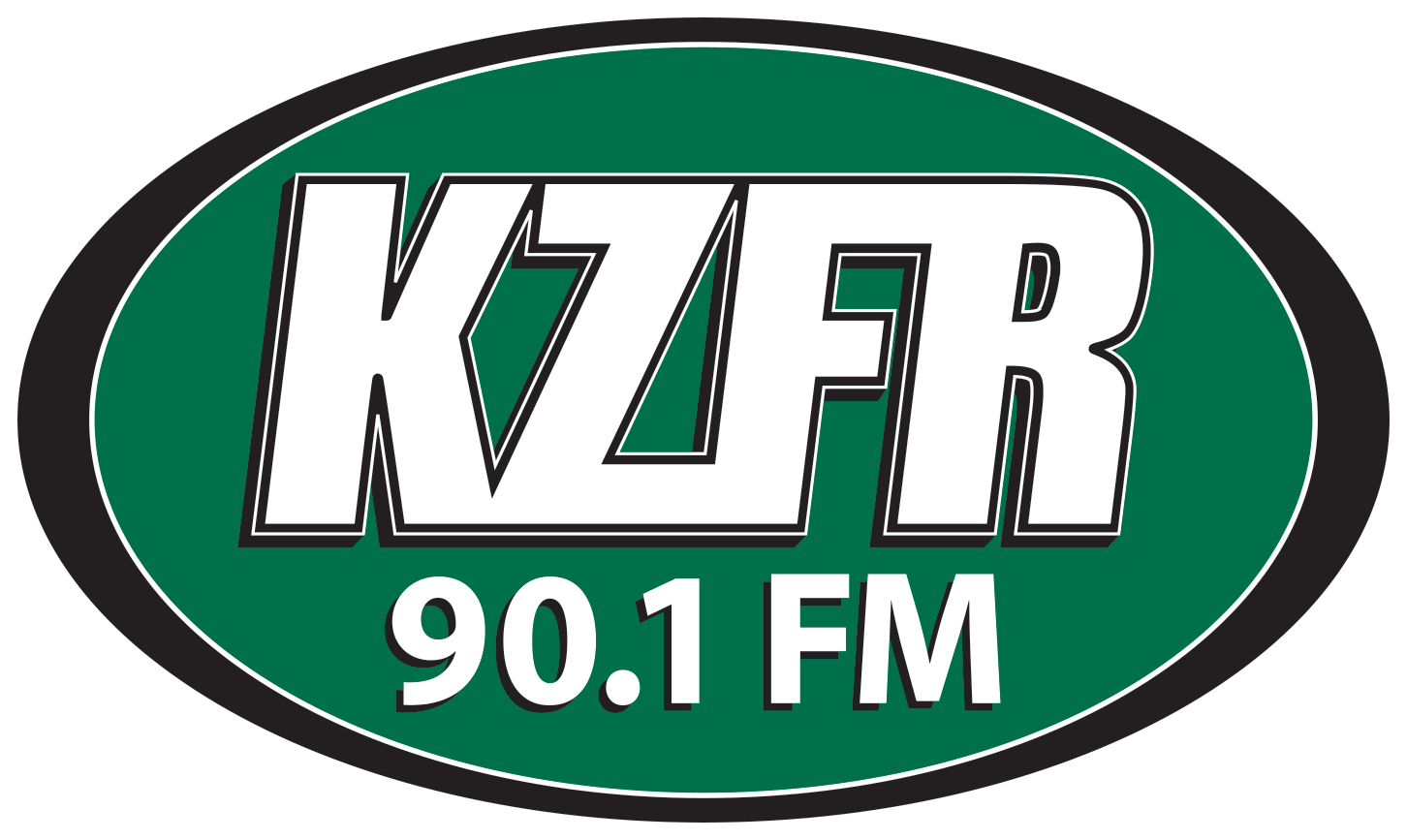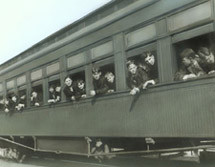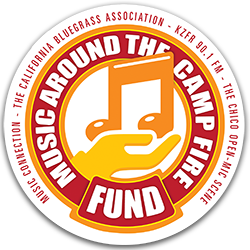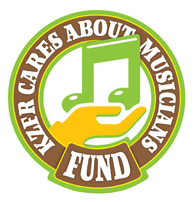In September 1904 an Orphan Train was scheduled to arrive in Clifton-Morenci, Arizona. The Sister’s of Charity had made arrangements through the local Catholic priest and forty orphans from New York City were to be taken in by good Catholic families.
Clifton-Morenci was an isolated mining company boomtown with copper mine shafts and smelters and a growing population that was already class conscious. The mining started in the 1880’s and for its first 20 years the town was made up primarily of Mexican peasant laborers. At some point Dodge Phelps, a corporate copper giant took over the operation. They imported managers and immigrant laborers from the eastern U.S. and the community’s demographics began to shift. The Catholic Church had been active in the area since before statehood and while the local priest Father Mandin was French, his flock was made up of Mexican nationals. When Irish and Italian Catholics arrived from the east coast none would attend the local parish church. Better to skip Mass than to share a pew and rub elbows with praying Mexicans.
Since the Anglo-Catholics weren’t engaged in Church activities the 'good' families were all Mexican. After seven straight days of travel the orphans arrived. They were taken from the station to the Church where their adoptive families would sign for them and take them home, and as the white-faced, light-haired primarily Irish children stepped off the train they disappeared into a sea of brown skin and dark hair. This didn’t seem right to the few Anglo observers who were at the station.
That night there was a downpour and before it was over a posse of furious white men were riding their horses through the wet desert darkness. Earlier they had showed up at the Church, threatened the Sister’s with rifles and a noose and upon learning who the adoptive families were, rode out to each household. After politely knocking on each door they threatened the parents with their guns and rope and then “rescued” the children.
The orphans were taken in by Anglo families and a judge was brought in to validate the vigilante kidnapping and issue new adoption papers. The Mexican families were falsely portrayed as slovenly, lazy, of loose morals, and illiterate. The children wouldn’t be educated properly (even though they had a school) and they wouldn’t receive the best possible medical care (even though the Anglo doctor and the Mexican curandero both treated everyone without bias). Clearly it was a matter of removing children from an unfit environment. The Sister’s of Charity stood fast in their right to choose the best possible homes for the children and Father Mandin explained to the judge that he didn’t know there was a difference between Mexicans and Americans. The judge refused to oblige the Anglo vigilantes and the town’s atmosphere became even more charged: Verging on a riot, the increasing threat and fear of violence caused the Catholic Sister’s to finally back down. Father Mandin was forced to leave town on the next train and the children were dispersed to new homes; some to local families, some to other communities.
The Sisters took the case to a series of higher courts but they eventually lost: Some judges weren’t impressed by the fact that the intimidated nuns let the children go without a court order and others ruled in favor of the vigilantes because they believed that they were acting in the best interests of the children, culturally and economically. This bias remained as one legal justification for Orphan Trains until the dawn of the modern American foster care system in the 1920’s.
Between 1853 and 1929 a quarter of a million children were transported and re-located from eastern cities to western towns and rural areas via Orphan Trains. The mass relocation was developed by two competing organizations; the Protestant Children’s Aid Society and the New York’s Catholic Foundling Hospital. New York’s population grew exponentially during the 19th century due to the massive influx of immigrants that were required to keep wages low and to meet the production needs of the new age of industrialization. More people led to higher mortality rates from the combined effects of disease and industrial accidents. Low wages kept most new immigrant families at poverty levels of subsistence which resulted in increased numbers of deaths related to poor nutrition and alcoholism which also promoted child abuse and child abandonment. Even if children were not abandoned, factory employees working six or seven 14 hour work days each week were forced to leave their children unsupervised for much of their waking hours. The term "orphan" was being applied somewhat indiscriminately in many cases.
The Children’s Aid Society (CAS) was founded by C.L. Brace, a reform-minded Congregationalist minister who was appalled by the growing population of “street arabs, waifs, and urchins.” He wasn’t satisfied with providing just food and shelter for the unsupervised children; he believed the best long-term solution to the problem was a good home-life, education and work. He also thought that removing the children from the city would address other social issues; the amount of urban poverty and crime, and the need for laborers in rural America. There was more than a bit of bias built into Brace’s logic and from his perspective the problem was also cultural and religious, not just socio-economic. The majority of the street children that he saw were Irish-Catholic or Jewish; the sons and daughters of America’s most recent wave of immigrants. Realizing that there were many Anglo-Protestant farming families spread across the country that could use additional children, Brace reasoned that he could remove children from their urban environment and re-settle them in the hinterlands where a good Protestant home life, school and hard work would mould them into respectable adult Americans. The CAS’s first Orphan Train ran in 1853. The orphans and vagrant street children were gathered up and shipped by railroad to western communities where local townspeople would check them over at the railroad station and select one or more to go home with them. There didn’t have to be a formal adoption and in many cases the child was entered into a form of indentured servitude. Those not selected would get back on the train and continue to the next stop where wall posters had announced their impending arrival.
By 1869 the influx of Irish-Catholic immigrants and the oppressive socio-economic conditions that welcomed them put a strain on New York’s Catholic orphanages. As infant mortality rates began to drop even more babies were living to be old enough to require adoption or orphanage placement. Catholic leaders by then had realized that the Children’s Aid Society was removing young Catholics from the city and placing them in non-Catholic homes. In response to all of this the Sister’s of Charity Foundling Hospital developed a Catholic Orphan Train that was centered on local priests from around the country encouraging and recommending specific families for adoption. Unlike the CAS trains, when a group of children arrived at a local train station only those who had adoptive parents waiting for them got off. Legal papers were signed and if problems arose later with the new family then the Foundling Hospital would send an agent to resolve the problem or move the child to another family.
Despite the competing religious interests and the general Victorian era class consciousness and bigotry that shadowed the Orphan Train movement, many true orphans -- the unwanted and abused -- did benefit from the efforts of both organizations. And those thousands of children that had been caught up in ‘street-cleaning’ efforts and who were only being rescued from their cultural and religious upbringing -- “orphans” in name only -- often ended up being only temporarily transferred; as parental efforts to reclaim them, while lengthy, were usually successful.
On American Pastimes: U. Utah Phillips’ “Orphan Train,” Gillian Welch
“Orphan Girl,” Allison Moorer “Orphan Train,” Buel Neidlinger & the Ratchet
Brothers’ “Left on the Street,” Tom Waits “Take Care Of All My Children,” Rosanne Cash and Kelly Joe
Phelps “Motherless Children,”and more.
And some train songs too: Hank & Shadri Alrich “Daddy, What’s a
Train?,” Steve Earle “Train a-Coming,” Jonathan Edwards “People Get Ready &
Train of Glory,” Paul Riddick and Alice Stuart each perform “Train of Love,” and Dave Alvin “Railroad Bill.,” and much more.
Source: Linda Gordon’s “The Great Arizona Orphan Abduction” Harvard Press. 1999.
For each week's American Pastimes broadcast playlist follow this link:
http://spinitron.com/radio/playlist.php?station=kzfr&showid=35












